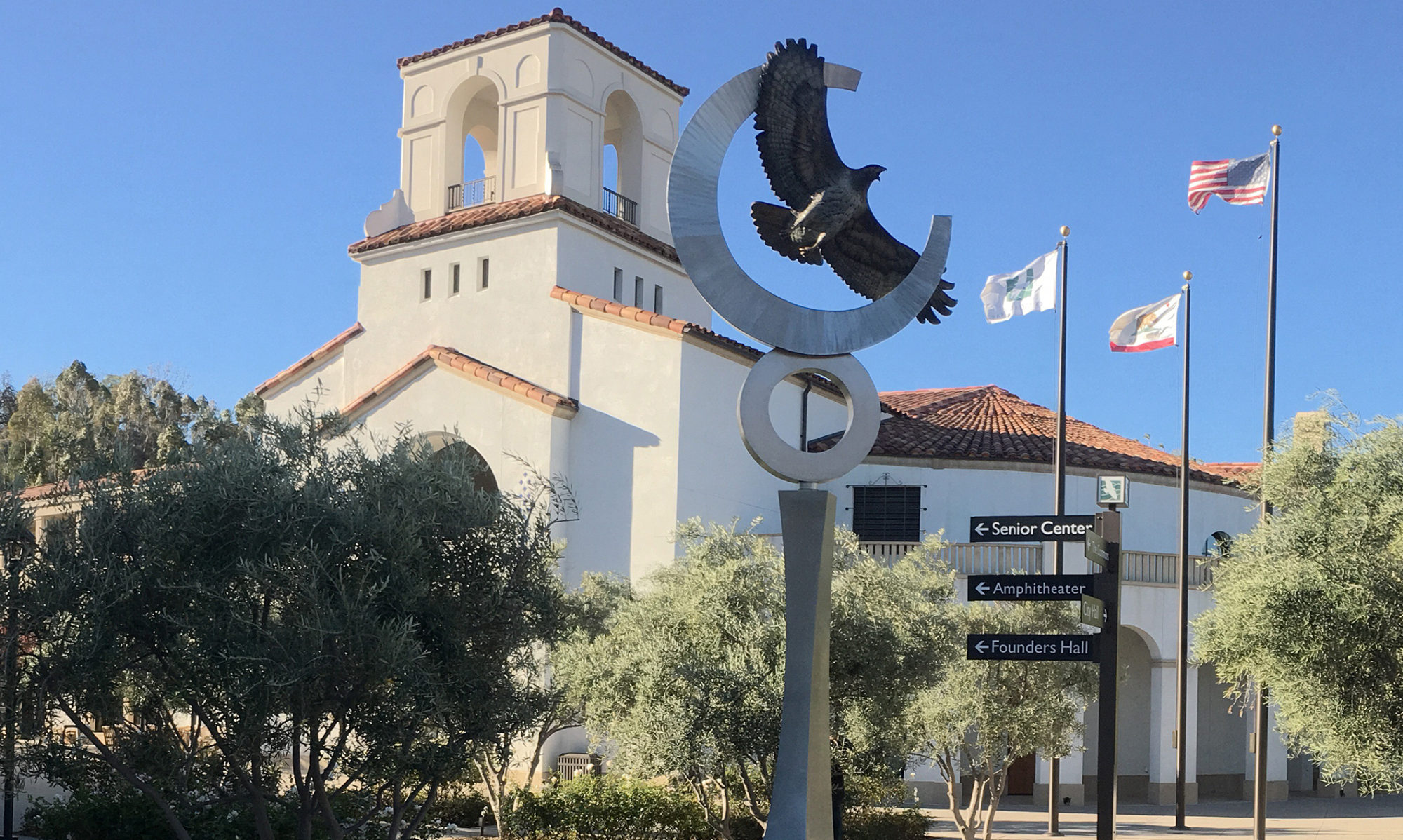It’s been a long time since I have written. The last post that I wrote talked about hard times and furious dancing, and much has happened since then.
My father passed away soon after that post. My mom also had a heart attack and a stroke at the same time, but she is has recovered well and is getting wonderful support from her friends.
So today, I want to tell you the story of renewal, and of a recent project we completed and installed in the middle of life doing what life does: “Spirit of Renewal”

In late 2015, our friend Mary Lynn Kelly who created an arts nonprofit in Phoenix ( Restore Arts) invited us to partner with her in a very special project by creating a proposal for a sculpture at this unique location.
When we went to the informational meeting for artists, Adam and I knew it was an ideal project for Dream Big Sculpture.
The history of the place
This 301-unit, 38-acre public housing development was originally built for returning Korean War veterans and migrant and seasonal farm workers in 1954 and now houses low-income people, families, seniors and households with disabilities in the Phoenix area.
The original plan was to demolish the Coffelt development. It was deteriorated and dangerous, and would be more difficult and expensive to renew and retrofit than it would to demolish and move the families to other locations. However, with 75% of the student body at the adjacent Hamilton Elementary School residing at Coffelt, they community wanted to stay where they were, and the County quickly realized that closing Coffelt would result in closing the school.
Combining a creative and visionary approach with a true dedication to the community, Maricopa County HUD partnered with developer Gorman and company and petitioned to have Coffelt recognized as a Historical Site. this status enabled them to find ways to creatively leverage low-income and historic housing tax credits to finance the redevelopment and renewal of this historical site instead of demolishing the entire area as originally planned. As part of this project, Gloria Munoz, the director of Maricopa county housing, suggested that Gorman include Public Art for the project and encouraged them to include recycled materials saved from the demolition to the final design for this community.
Here’s where we came in.
From the beginning Adam said that my work would be perfect for this project with the themes of hope, renewal, and transformation running throughout. We were so inspired by all that we saw happening in the community of Coffelt-Lamorueax that we designed a sculpture that told their story.
 As part of this project, we were honored to be asked to present the sculpture to the community. Here’s a video of part of that presentation. What fun it was!
As part of this project, we were honored to be asked to present the sculpture to the community. Here’s a video of part of that presentation. What fun it was!Once we installed “Spirit of Renewal” celebration of this project was glorious. Hundreds of people were there to celebrate what can happen with vision, creativity, and partnerships. The community came out wearing their t-shirts. 

Most of all, this project at this time in my life was profound. We were deeply touched by the incredible work everyone on our team did to make this happen on time. My beloved husband took complete control of this project while I was dealing with the loss of my dad and my mom’s hospitalization. Our fabricator, Bryan Buikema worked with Adam to make sure the sculpture was beautifully finished, delivered and installed. Our patina artist Debbie Bakel did a beautiful job translating my vision through phone conversations, drawings, and photos without us able to oversee anything on site in Colorado where they were assembling the sculpture.
We know that we have the best team anywhere, and they proved it to us once again.
And then we got the letter from Quincy:
” I stopped by to see “Spirit of Renewal”, here in Phoenix today and stood there in awe. I look around where your sculpture stands tall looking over the community. I know this community. I grew up in a community like this one but in the rougher part of South Phoenix. This piece brings me peace, Lorri. I look at her high up there with her hands in the air and dancing like no one is watching. I study the butterflies that flutter in those nurturing hands. She invites others to grow and to join her in the dance of life. She brings hope, Lorri. This community she stands in is a community of the forgotten. Society looks down on this type of community. Some people see fear when they are here, I feel love. This sculpture brings hope and community together. It’s the bond between I can and we can. I imagine the children of this neighborhood looking up at her and realizing they too can stand tall and be at peace. They will know they can grow and be bigger than society says they can be. They will dare to dream and bring change that they want to see. If I saw this kind of art when I was younger, in the ghetto I grew up in, I too would have realized sooner that I too can dance like no one is watching. Thank you, Lorri, from the bottom of my heart. Thank you for bringing peace to people who search for it.”
And that’s why what we do is important. Maybe we can make the world better. Maybe we can inspire people to reach for hope.
I think dad would be proud.
















You must be logged in to post a comment.